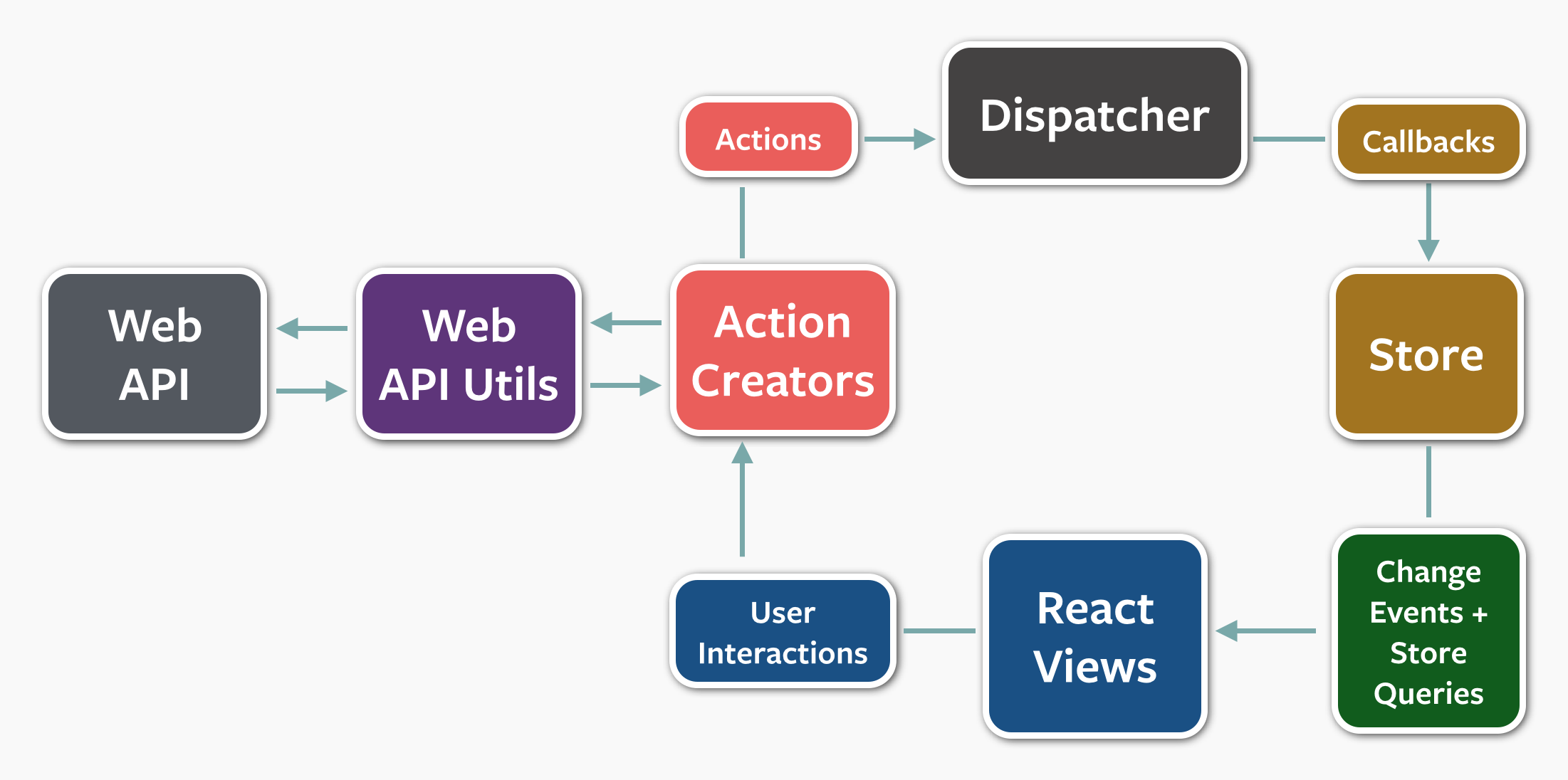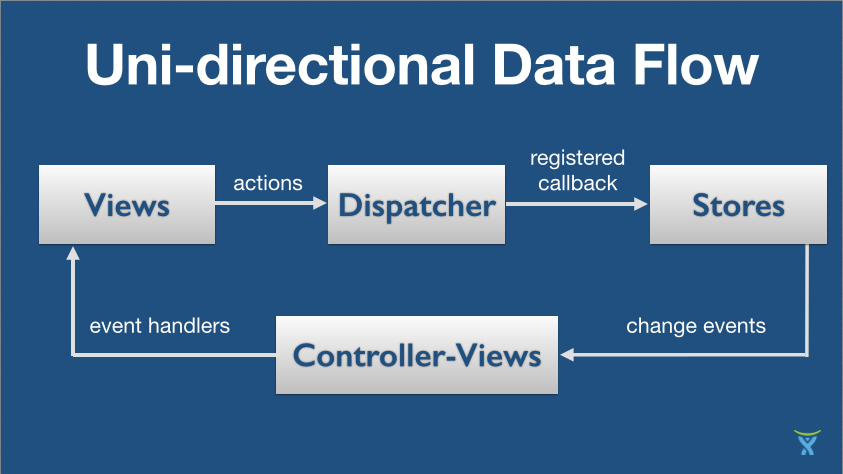Keep it Simple #
Pedro Nauck (pedronauck) delivered an impeccably illustrated deck at Brazil's Front in Floripa conference. Watch him talk about how to keep delivering value as your app scales, by keeping your development process simple.
Murilo Pereira (mpereira) tussles with the topic of complexity in this blog post about coping with scaling up, where he describes how his team used React to make possible the “nearly impossible.”
I (steveluscher) spoke at Manning Publications' “Powered By JavaScript” Strangeloop pre-conf in St. Louis. There, I proposed a new notation to talk about development complexity – Big-Coffee Notation ☕(n) – and spoke about the features of React that help keep our Big-Coffee from going quadratic, as our user interfaces get more complex.
James Pearce (jamesgpearce) carried Big-Coffee all the way to Raleigh, NC. At the All Things Open conference, he spoke about some of the design decisions that went into React, particularly those that lend themselves to simpler, more reliable code.
All About Isomorphism #
Michael Ridgway (mridgway) shows us how Yahoo! (who recently moved Yahoo! Mail to React) renders their React+Flux application, server-side.
Péter Márton (hekike) helps us brew a cold one (literally) using an application that's server-client isomorphic and indexable. Demo and sample code included – cold ones sold separately.
And, lest you think that client-server isomorphism exists in pursuit of crawalable, indexable HTML alone, watch as Nate Hunzaker (nhunzaker) server renders data visualizations as SVG with React.
React Router Mows the Lawn #
Ryan Florence (rpflorence) and Michael Jackson (mjackson) unveiled a new API for React Router that solves some of its user's problems by eliminating the problems themselves. Read all about what React Router learned from its community of users, and how they've rolled your ideas into their latest release.
React in Practice #
Jonathan Beebe (somethingkindawierd) spoke about how he uses React to build tools that deliver hope to those trying to make the best of a bad situation. Watch his talk from this year's Nodevember conference in Nashville
If you take a peek under the covers, you'll find that React powers Carousel, Dropbox's new photo and video gallery app.
We enjoyed a cinematic/narrative experience with this React-powered, interactive story by British author William Boyd. Dive into “The Vanishing Game” and see for yourself.
Be Kind, Rewind #
Spend the next 60 seconds watching Daniel Woelfel (dwwoelfel) serialize a React app's state as a string, then deserialize it to produce a working UI. Read about how he uses this technique to reproduce bugs reported to him by his users.
Community Components #
Tom Chen (tomchentw) brings us a react-google-maps component, and a way to syntax highlight source code using Prism and the react-prism component, for good measure.
Jed Watson (jedwatson) helps you manage touch, tap, and press events using the react-tappable component.
To find these, and more community-built components, consult the React Components and React Rocks component directories. React Rocks recently exceeded one-hundred listed components and counting. See one missing? Add the keyword react-component to your package.json to get listed on React Components, and submit a link to React Rocks.
Waiter, There's a CSS In My JavaScript #
The internet is abuzz with talk of styling React components using JavaScript instead of CSS. Christopher Chedeau (vjeux) talks about some of the fundamental style management challenges we grapple with, at Facebook scale. A number of implementations of JavaScript centric style management solutions have appeared in the wild, including the React-focused react-style.
Test Isolation #
Yahoo! shows us how they make use of iframe elements to unit test React components in isolation.
You've Got The Hang of Flux, Now Let's Flow #
Facebook Open Source released Flow this month – a static type checker for JavaScript. Naturally, Flow supports JSX, and you can use it to type check React applications. There's never been a better reason to start making use of propTypes in your component specifications!
Countdown to React.js Conf 2014 #
We're counting down the days until React.js Conf at Facebook's headquarters in Menlo Park, California, on January 28th & 29th, 2015. Thank you, to everyone who responded to the Call for Presenters. Mark the dates; tickets go on sale in three waves: at noon PST on November 28th, December 5th, and December 12th, 2014.
React Meetups Around the World #
React JS meetup having pretty good turn up rate today #londonreact pic.twitter.com/c360dlVVAe
— Alexander Savin (@karismafilms) November 19, 201460+ attendees at the second React.js Utah meetup. @ryanflorence doing a great job, even without the internet. pic.twitter.com/fV59AQTOyu
— ReactJS Utah (@reactjsutah) October 29, 2014#ReactJS meetup at @Yahoo ! History of @yahoomail and why we chose react and NodeJS pic.twitter.com/Nm4EdTv45G
— rmsguhan (@rmsguhan) September 26, 2014The very first ReactJS meetup in NYC tonight, I'll be speaking about the big ideas behind Om http://t.co/dvPrFqE9eP
— David Nolen (@swannodette) November 11, 2014If anyone in Sydney is curious about @reactjs, I'm presenting at @sydjs tonight on how to use it and why it is the future. #javascript
— Jed Watson (@JedWatson) November 19, 2014

